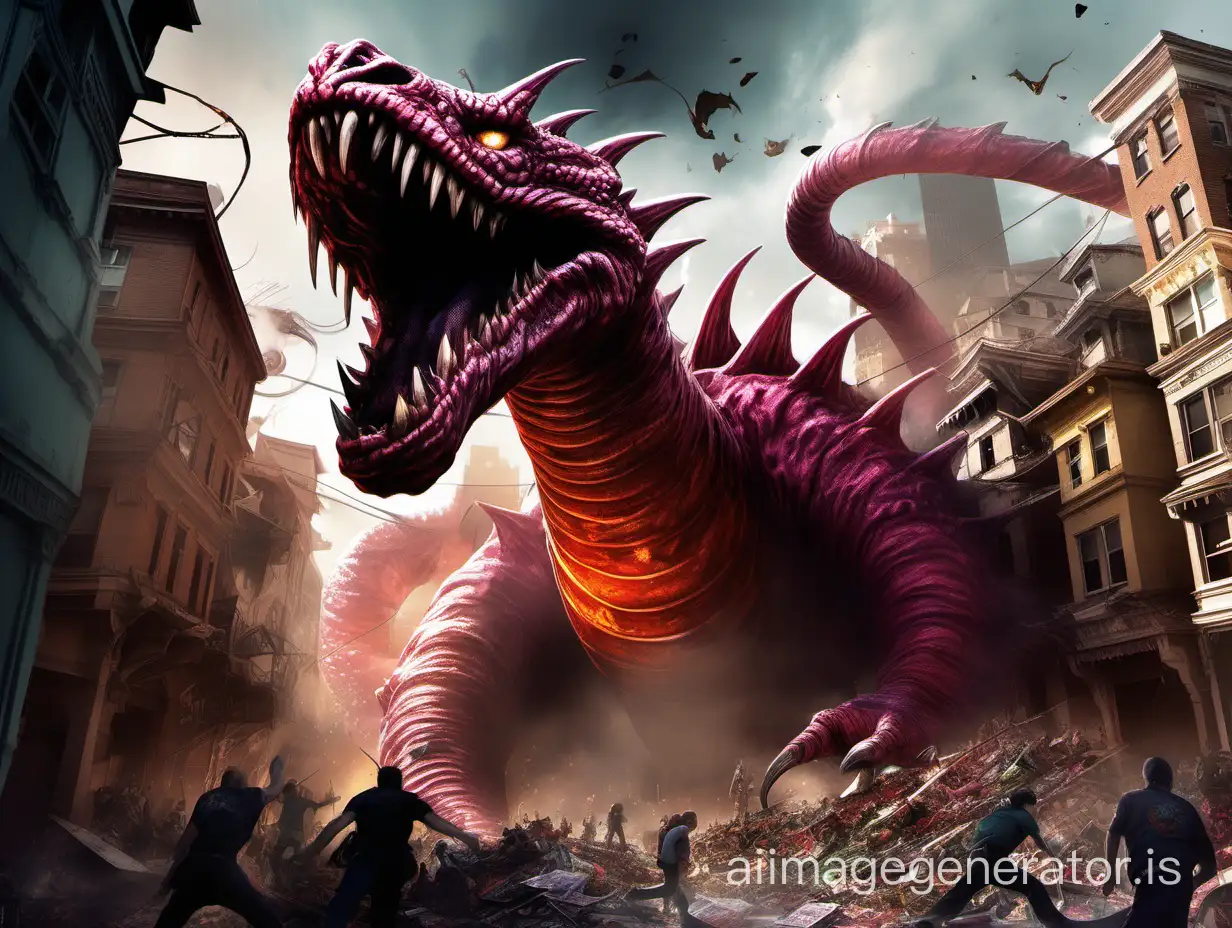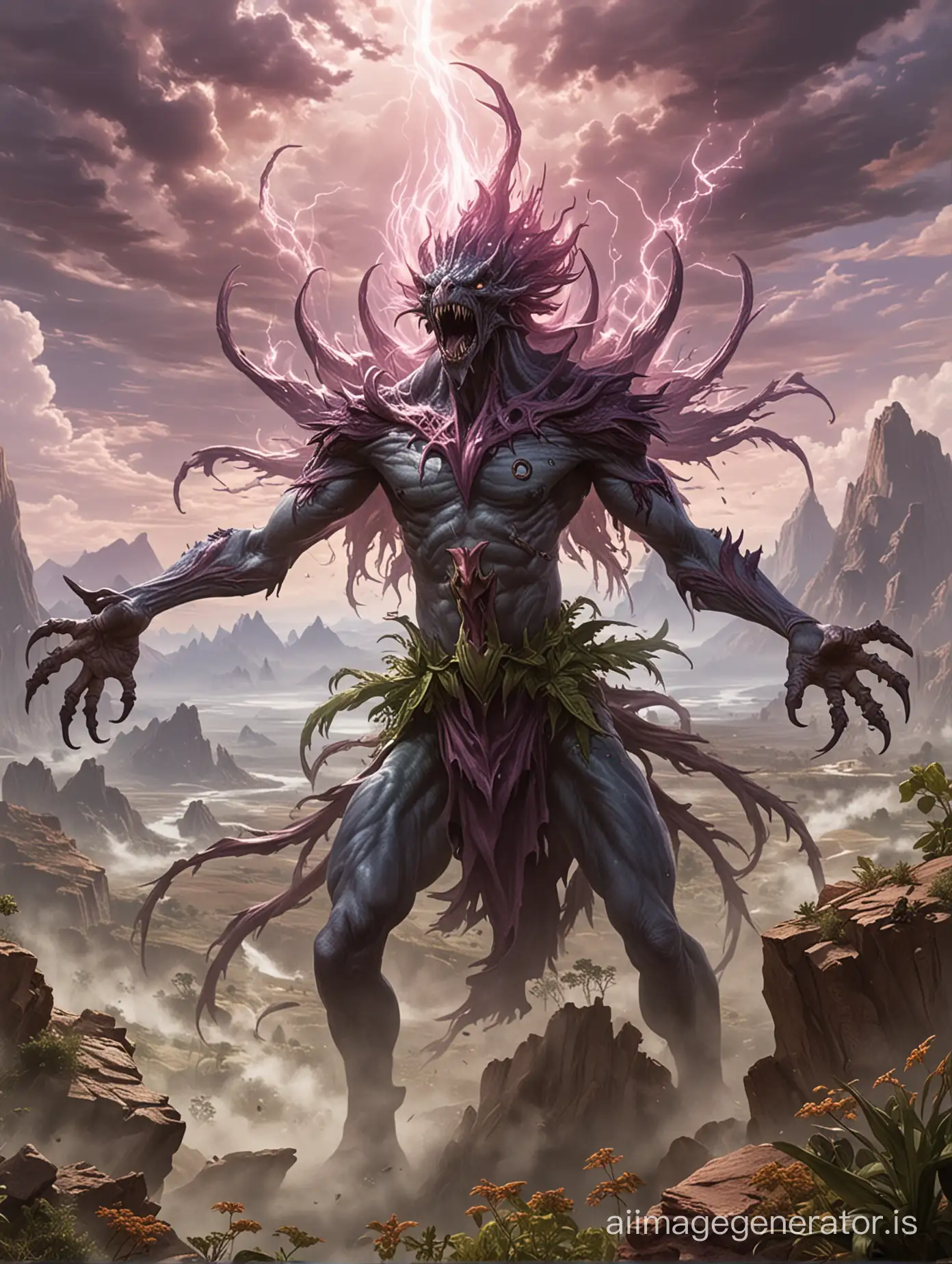Free Magic the Gathering Image Generator
Just imagine, and we'll instantly return a variety of personalized Magic the Gathering images—designed to bring your creativity to life!
- 4:3
- 3:4
- 1:1

image.state.default


Related Tags
Magic: The Gathering (MTG) is a collectible card game created by mathematician Richard Garfield and published by Wizards of the Coast in 1993. As the first trading card game (TCG), it revolutionized the gaming industry by introducing players to a strategic card-based battle system that combines elements of fantasy, role-playing, and competitive sports. The game's unique mechanics and lore have attracted millions of players worldwide and have led to a thriving community that hosts tournaments, events, and conventions globally. The early years of MTG were marked by its rapid expansion, with new card sets released multiple times a year, each adding fresh gameplay elements and thematic stories. The game's lore draws heavily from a mix of high fantasy, mythical creatures, and epic battles, making it a rich source of inspiration for artists and creators. As MTG grew, it established itself as a cornerstone of gaming culture, influencing subsequent card games and digital adaptations. Today, Magic: The Gathering is celebrated not only for its gameplay but also for its artistic contributions, featuring illustrations from some of the world's top fantasy artists.
The Origins and History of Magic: The Gathering
Magic: The Gathering is renowned for its deep strategic gameplay, which involves players assuming the role of powerful wizards known as Planeswalkers. The game uses a unique resource system called 'Mana,' represented by five colors (White, Blue, Black, Red, and Green), each symbolizing different elements and strategies. Players build decks of cards that include creatures, spells, enchantments, artifacts, and lands to defeat opponents. A typical game of MTG is played between two or more players who use their decks to summon creatures, cast spells, and use tactics to reduce their opponent's life total from 20 to zero. The complexity of MTG's mechanics allows for a vast array of strategic approaches, from aggressive 'burn' decks that quickly deplete an opponent's health to control decks that focus on countering threats and dictating the pace of the game. The game's diversity is further expanded by its various formats, such as Standard, Modern, Commander, and Draft, each offering distinct rules and deck-building requirements. This variety ensures that MTG remains a dynamic and evolving game that caters to both casual players and competitive enthusiasts.
Key Characteristics and Gameplay Mechanics of Magic: The Gathering
Magic: The Gathering has had a profound impact on pop culture and the gaming industry, influencing numerous other games and entertainment mediums. Its introduction marked a shift in the way games were marketed and played, paving the way for a new genre of collectible card games (CCGs) and massively popular franchises like Pokémon and Yu-Gi-Oh!. MTG's influence extends beyond gaming; it has inspired novels, comics, and animated series that expand on its intricate lore and characters. The game's competitive scene has grown exponentially, with high-stakes tournaments like the Pro Tour and World Championship drawing players and fans from around the world. In addition to its impact on competitive gaming, MTG has played a significant role in fostering community and inclusivity within the gaming culture. Events like Friday Night Magic (FNM) provide players of all skill levels with opportunities to meet, play, and share their passion for the game. Moreover, Magic: The Gathering's emphasis on strategic thinking and creativity has made it a valuable tool for educational purposes, helping players develop critical thinking and problem-solving skills. The game's rich history and cultural significance continue to resonate with audiences, ensuring its legacy as a groundbreaking and enduring icon in gaming.
The Impact of Magic: The Gathering on Pop Culture and Gaming
Magic: The Gathering continues to evolve, with ongoing innovations in gameplay, storytelling, and community engagement. One of the most notable trends is the increasing integration of digital platforms, exemplified by the rise of Magic: The Gathering Arena, an online version of the game that allows players to compete and connect with others worldwide. This digital transition has made MTG more accessible to a broader audience, especially during the global shift toward online gaming experiences. Additionally, Wizards of the Coast continues to explore new design spaces by introducing unique mechanics and crossover collaborations with popular franchises such as 'The Lord of the Rings,' 'Warhammer 40,000,' and even 'Doctor Who.' These collaborations not only broaden the game's appeal but also introduce innovative gameplay elements that keep the experience fresh and engaging. In terms of artistic development, Magic: The Gathering remains at the forefront of fantasy art, with a commitment to diversity and inclusivity in its artwork and storytelling. Future sets are expected to explore a wider range of cultural influences, providing a platform for emerging artists and creators. As MTG looks to the future, its focus on community building and innovation ensures that it will continue to be a beloved and influential force in the world of gaming.
Future Trends and Developments in Magic: The Gathering